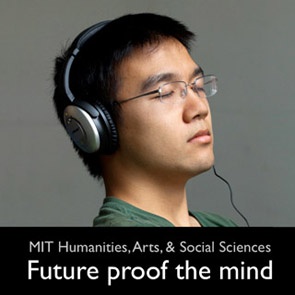Spotlight | MIT
The Power of STEM + HASS at MIT
The role of the humanities has been the subject of much recent debate amid concerns that the STEM disciplines (science, technology, engineering and math) are eclipsing the humanities fields, in terms of relevance and career prospects.
So some may be surprised, and, we hope, reassured, to learn that here at MIT — a bastion of STEM education — we view the humanities, arts, and social sciences as essential, both for educating great engineers, scientists, scholars, and citizens, and for sustaining the Institute’s capacity for innovation.
Why? Because the Institute’s mission is to advance knowledge and educate students who are prepared to help solve the world’s most challenging problems – in energy, health care, transportation, and dozens of other fields. To do this, our graduates naturally need advanced technical knowledge and skills — the deep, original thinking about the physical universe that is the genius of the science and engineering fields.
But the world’s problems are never tidily confined to the laboratory, workbench, or spreadsheet. From climate change to poverty to disease, the challenges of our age are unwaveringly human in nature and scale; and engineering and science issues are always embedded in broader human realities, from deeply-felt cultural traditions to building codes to political tensions.
So our students also need an in-depth understanding of human complexities — the political, cultural, and economic realities that shape our existence — as well as fluency in the powerful forms of thinking and creativity cultivated by the humanities, arts, and social sciences.
Full commentary on MIT SHASS News

"At MIT we view the humanities, arts, and social sciences as essential."